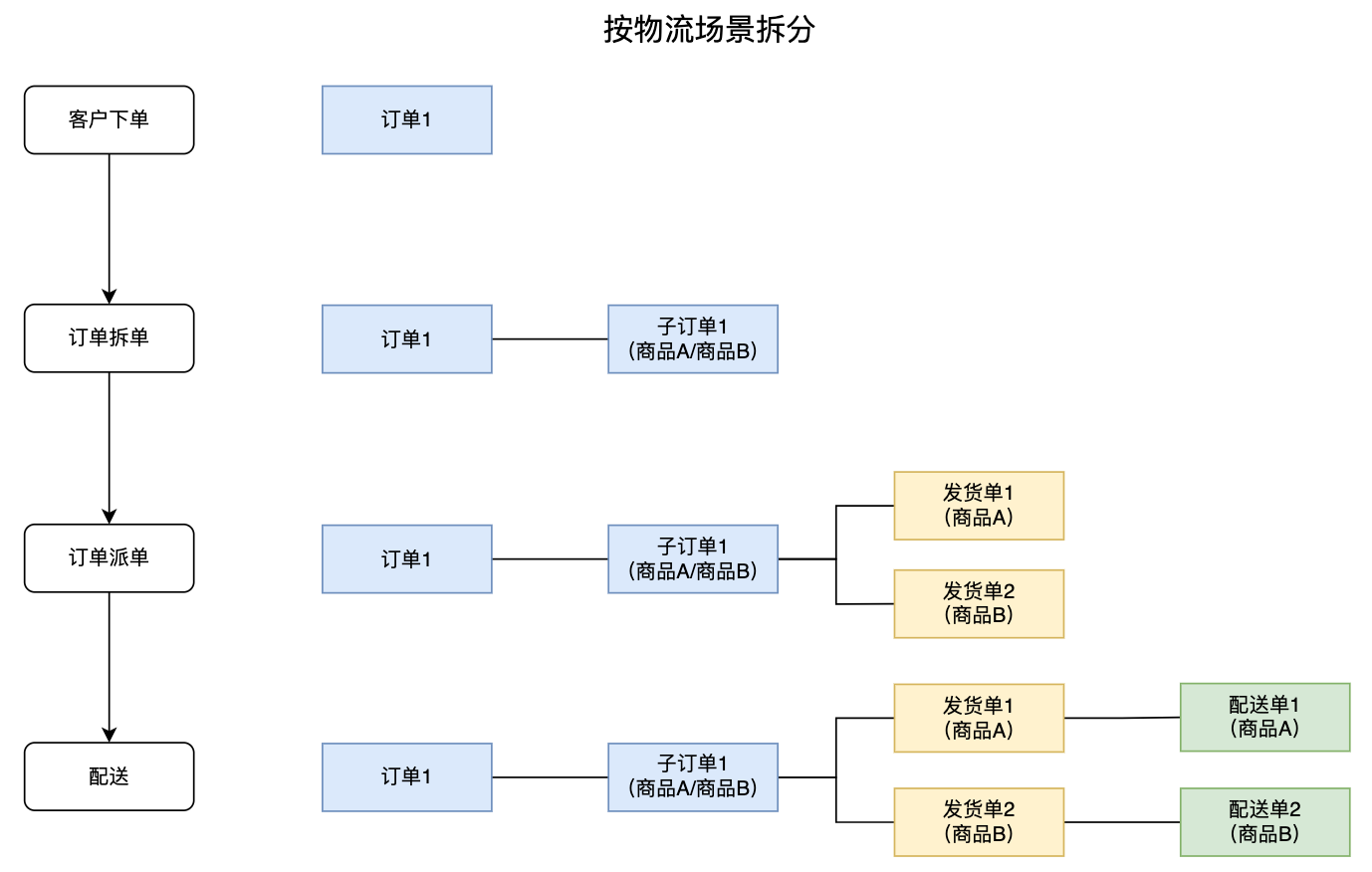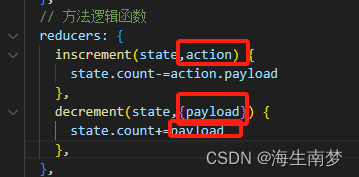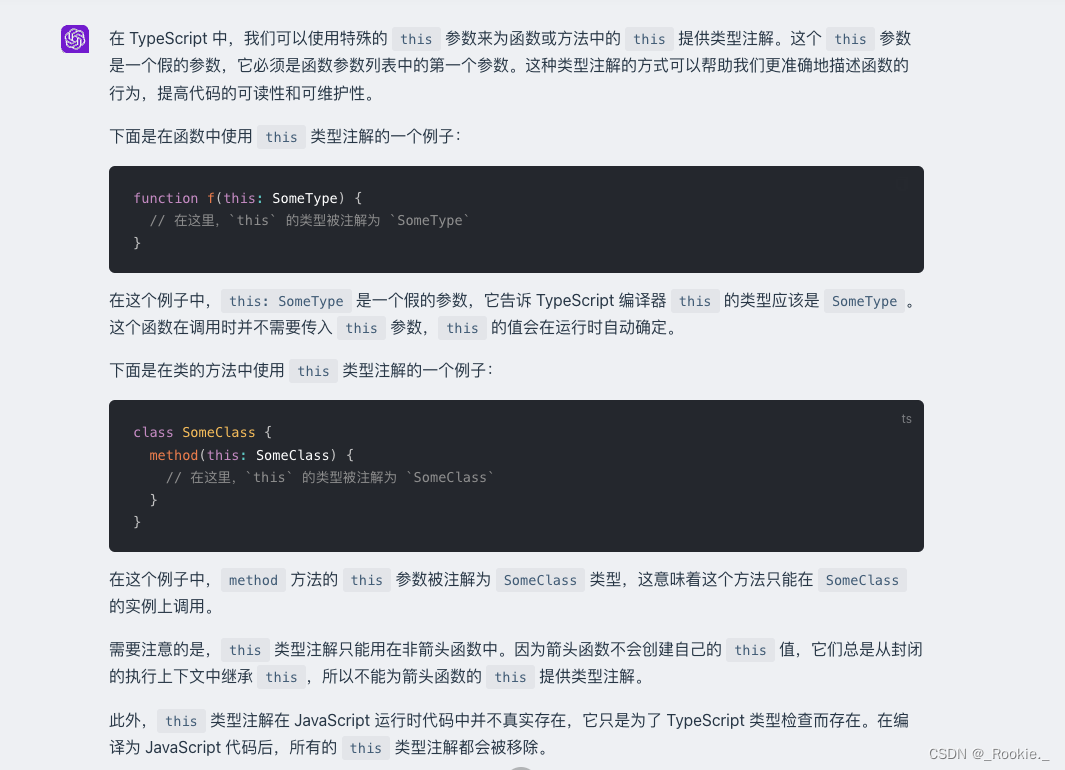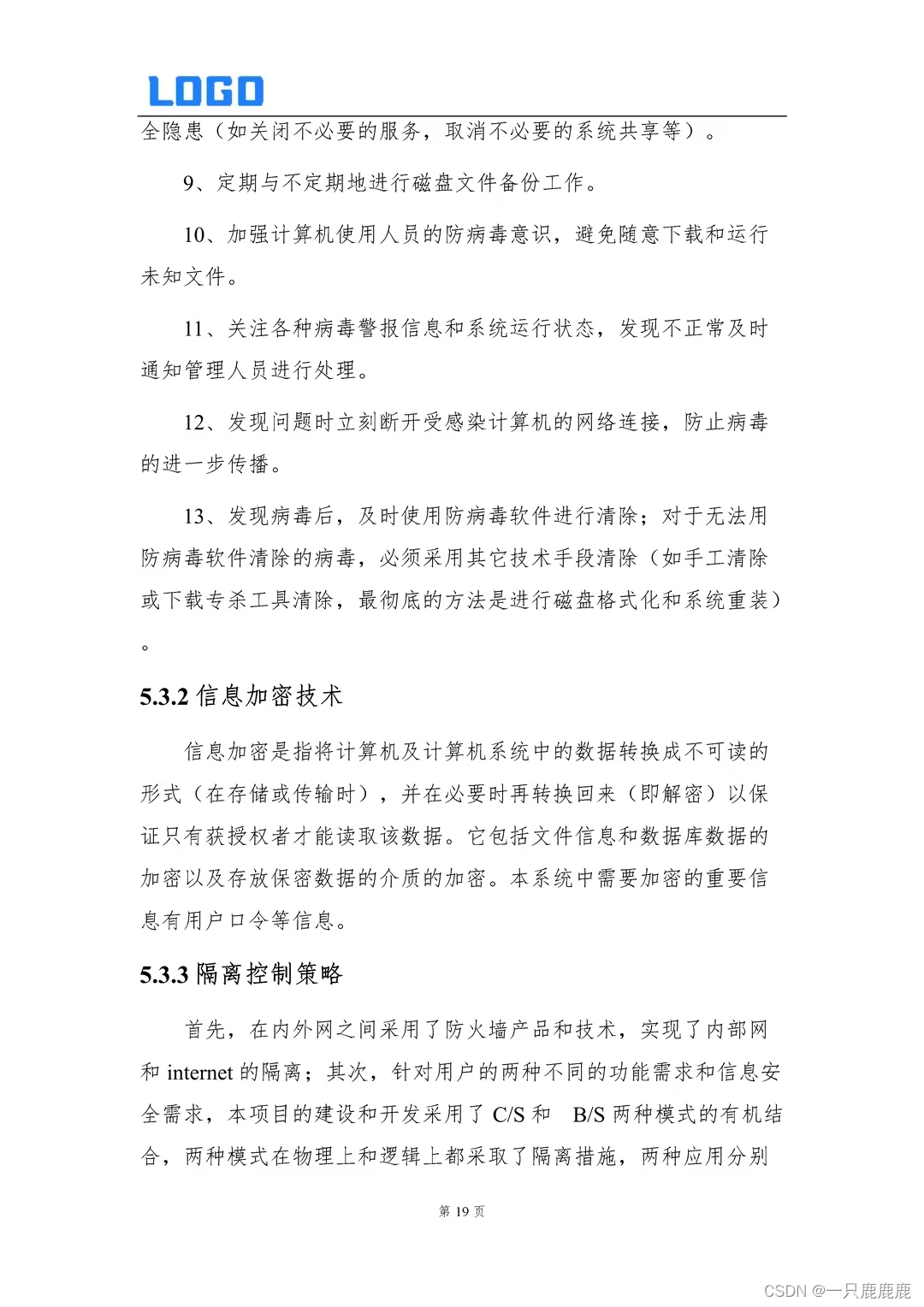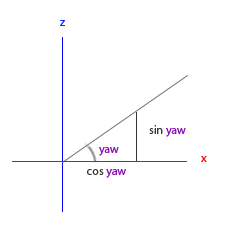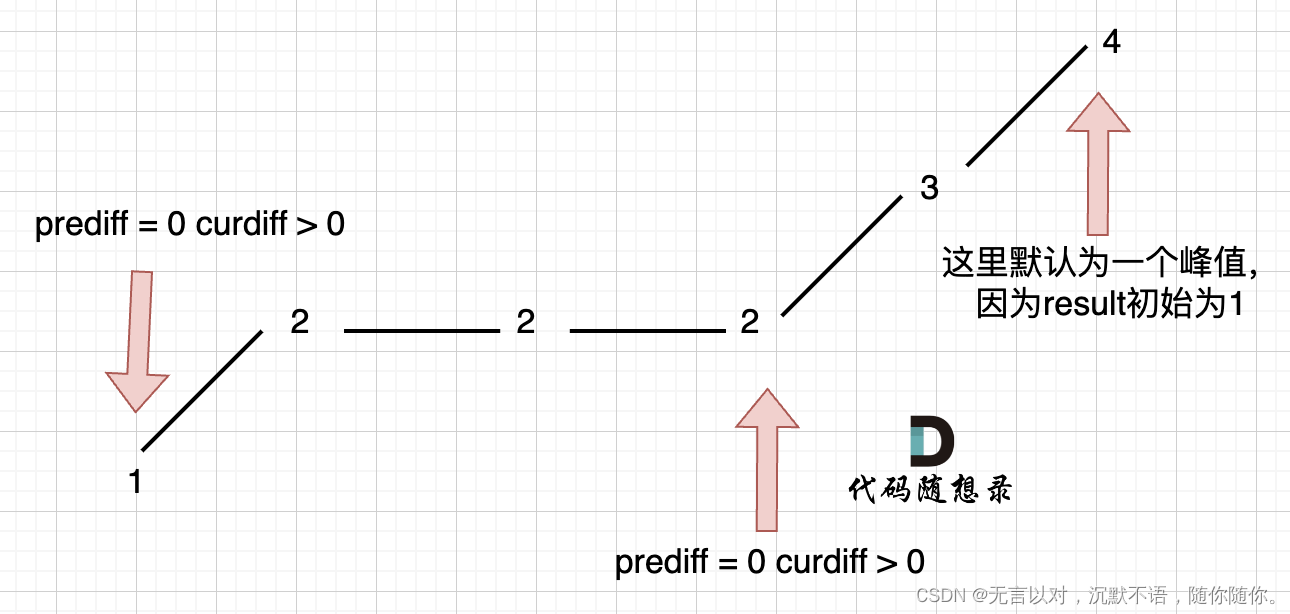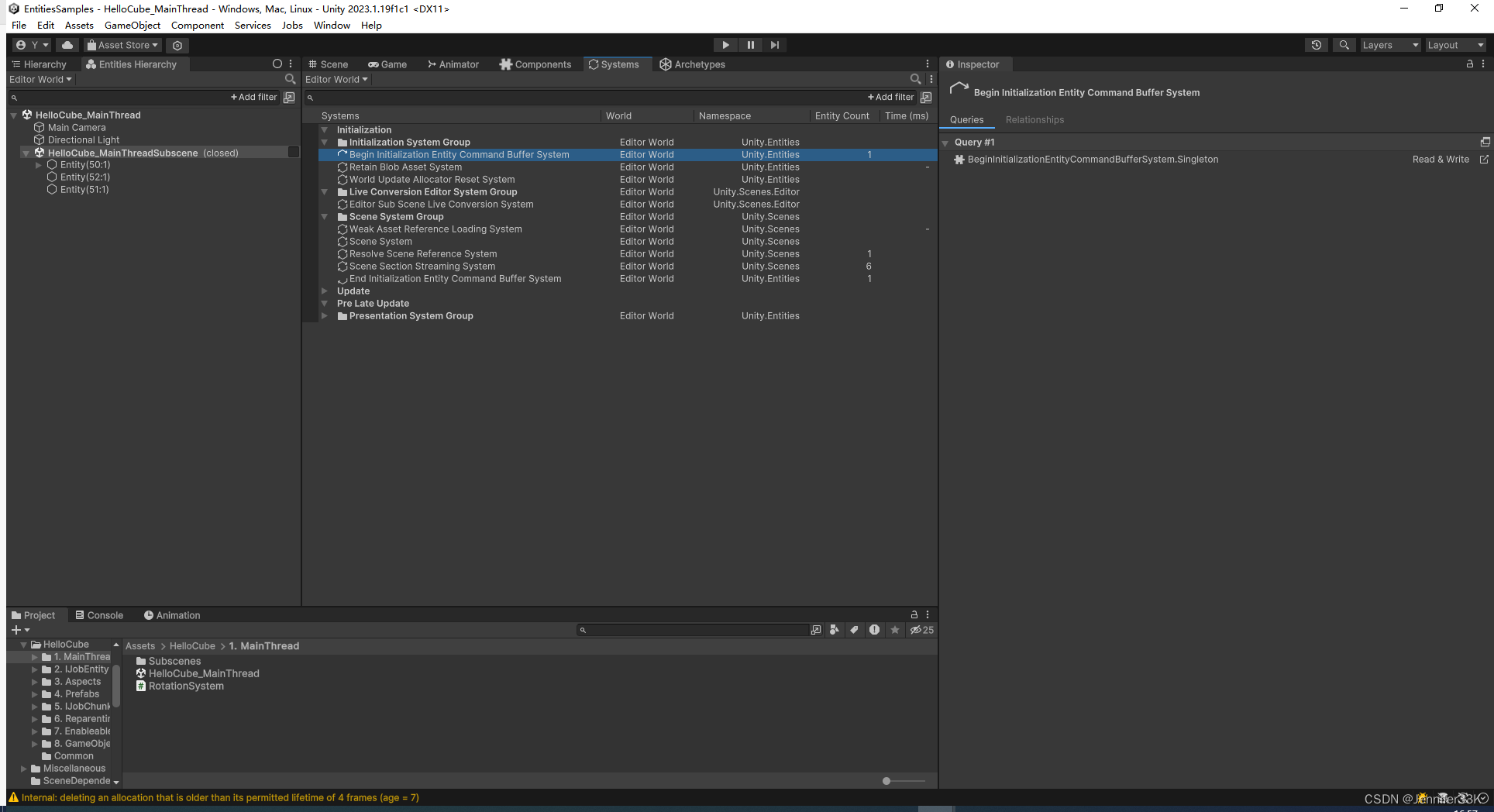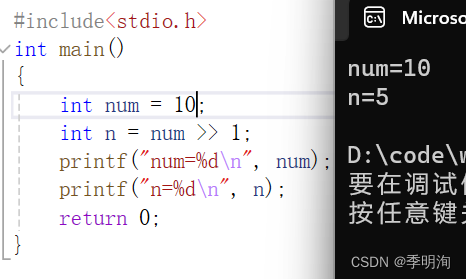在深度学习的过程中,需要将训练好的模型运用到我们要使用的另一个程序中,这就需要模型的下载与转移操作
代码:
import math
import torch
from torch import nn
from d2l import torch as d2l
import matplotlib.pyplot as plt
# 生成随机的数据集
max_degree = 20 # 多项式的最大阶数
n_train, n_test = 100, 100 # 训练和测试数据集大小
true_w = torch.zeros(max_degree)
true_w[0:4] = torch.Tensor([5, 1.2, -3.4, 5.6])
# 生成特征
features = torch.randn((n_train + n_test, 1))
permutation_indices = torch.randperm(features.size(0))
# 使用随机排列的索引来打乱features张量(原地修改)
features = features[permutation_indices]
poly_features = torch.pow(features, torch.arange(max_degree).reshape(1, -1))
for i in range(max_degree):
poly_features[:, i] /= math.gamma(i + 1)
# 生成标签
labels = torch.matmul(poly_features, true_w)
labels += torch.normal(0, 0.1, size=labels.shape)
# 以下是你原来的训练函数,没有修改
def evaluate_loss(net, data_iter, loss):
metric = d2l.Accumulator(2)
for X, y in data_iter:
out = net(X)
y = y.reshape(out.shape)
l = loss(out, y)
metric.add(l.sum(), l.numel())
return metric[0] / metric[1]
def l2_penalty(w):
w = w[0].weight
return torch.sum(w.pow(2)) / 2
def train(train_features, test_features, train_labels, test_labels, lambd,
num_epochs=100):
loss = d2l.squared_loss
input_shape = train_features.shape[-1]
net = nn.Sequential(nn.Linear(input_shape, 1, bias=False)) # 模型
batch_size = min(10, train_labels.shape[0])
train_iter = d2l.load_array((train_features, train_labels.reshape(-1, 1)),
batch_size)
test_iter = d2l.load_array((test_features, test_labels.reshape(-1, 1)),
batch_size, is_train=False)
# 用于存储训练和测试损失的列表
train_losses = []
test_losses = []
total_loss = 0
total_samples = 0
for epoch in range(num_epochs):
for X, y in train_iter:
out = net(X)
y = y.reshape(-1, 1) # 确保y是二维的
l = loss(out, y) + lambd * l2_penalty(net)
# 反向传播和优化器更新
l.sum().backward()
d2l.sgd(net.parameters(), lr=0.01, batch_size= batch_size)
total_loss += l.sum().item() # 统计所有元素损失
total_samples += y.numel() # 统计个数
a = total_loss / total_samples # 本次训练的平均损失
train_losses.append(a)
test_loss = evaluate_loss(net, test_iter, loss)
test_losses.append(test_loss)
total_loss = 0
total_samples = 0
print(f"Epoch {epoch + 1}/{num_epochs}:")
print(f"训练损失: {a:.4f} 测试损失: {test_loss:.4f} ")
print(net[0].weight)
torch.save(net.state_dict(), "NetSave") # 存模型
net_try = nn.Sequential(nn.Linear(input_shape, 1, bias=False))
print("net_try")
print(net_try[0].weight)
net_try.load_state_dict(torch.load("NetSave"))
net_try.eval() # 评估模式
print("net_try_load")
print(net_try[0].weight)
# 绘制损失曲线
plt.figure(figsize=(10, 6))
plt.plot(train_losses, label='train', color='blue', linestyle='-', marker='.')
plt.plot(test_losses, label='test', color='purple', linestyle='--', marker='.')
plt.xlabel('epoch')
plt.ylabel('loss')
plt.title('Loss over Epochs')
plt.legend()
plt.grid(True)
plt.ylim(0, 1) # 设置y轴的范围从0.01到100
plt.show()
# 选择多项式特征中的前4个维度
train(poly_features[:n_train, :4], poly_features[n_train:, :4],
labels[:n_train], labels[n_train:], 0)
## net.parameters() 是一个 PyTorch 模型的方法,用于返回模型所有参数的迭代器。这个迭代器产生模型中所有可学习的参数(例如权重和偏置)。
上述代码的模型是简单线性模型
net = nn.Sequential(nn.Linear(input_shape, 1, bias=False)) # 模型
此模型的下载与储存如下
torch.save(net.state_dict(), "NetSave") # 存模型
net_try = nn.Sequential(nn.Linear(input_shape, 1, bias=False)) # 搭建模型框架
print("net_try")
print(net_try[0].weight)
net_try.load_state_dict(torch.load("NetSave")) # 下载模型
net_try.eval() # 评估模式
print("net_try_load")
print(net_try[0].weight)
效果

所以说要想在另一个程序中将训练好的模型加载到上面去,首先要保存训练好的模型,另一个程序必须有和本模型一样的框架,再将训练好的模型权重加载到另一个程序框架内即可

